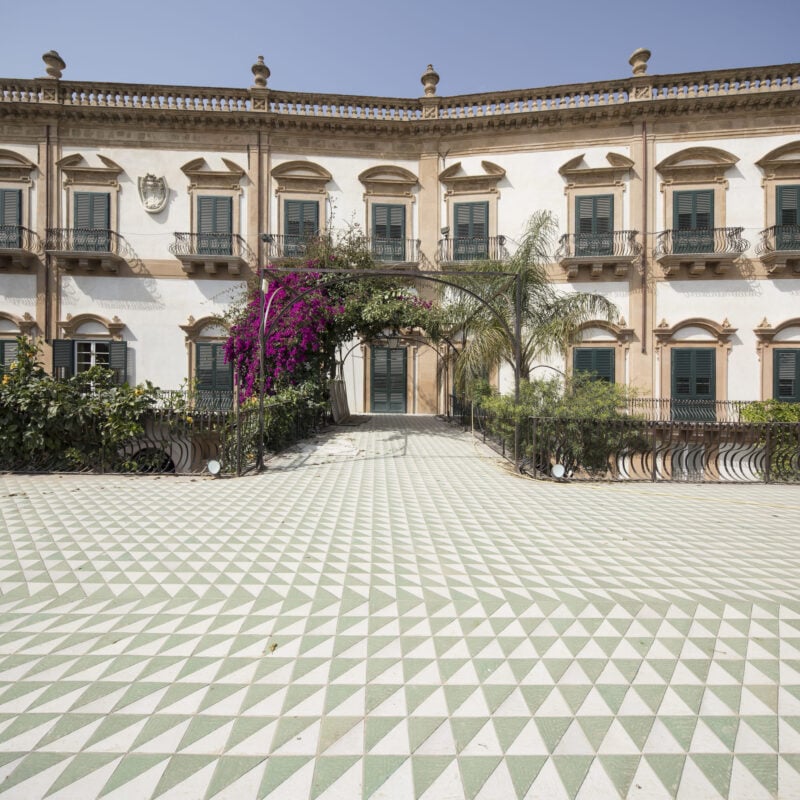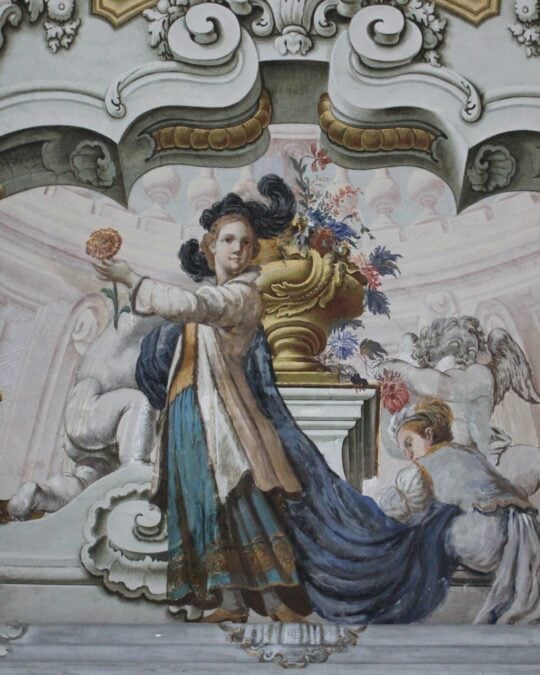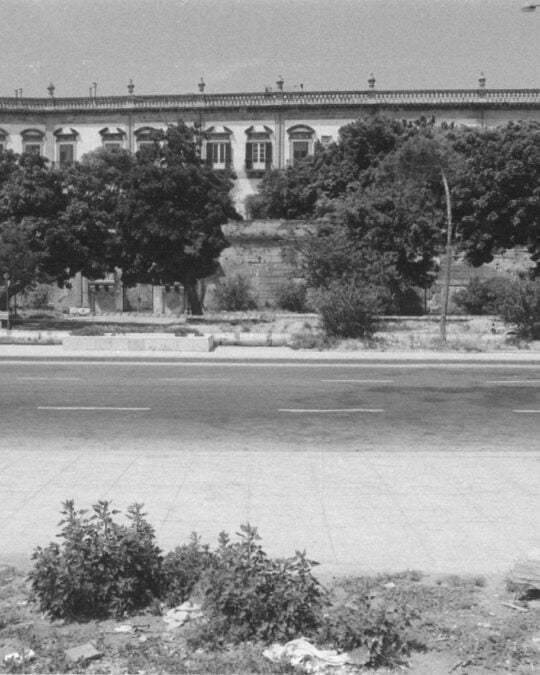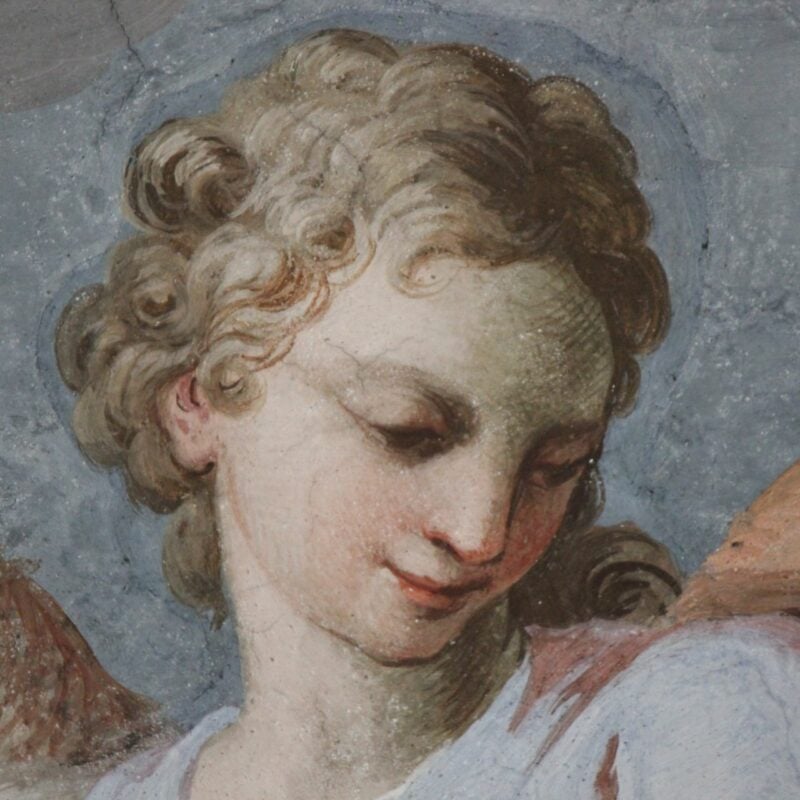
Chronology
1692
Girolamo Branciforti, Duke of Martini, buys a row of tenements to build a Casino by the sea and entrusts the building project to Giacomo Amato.
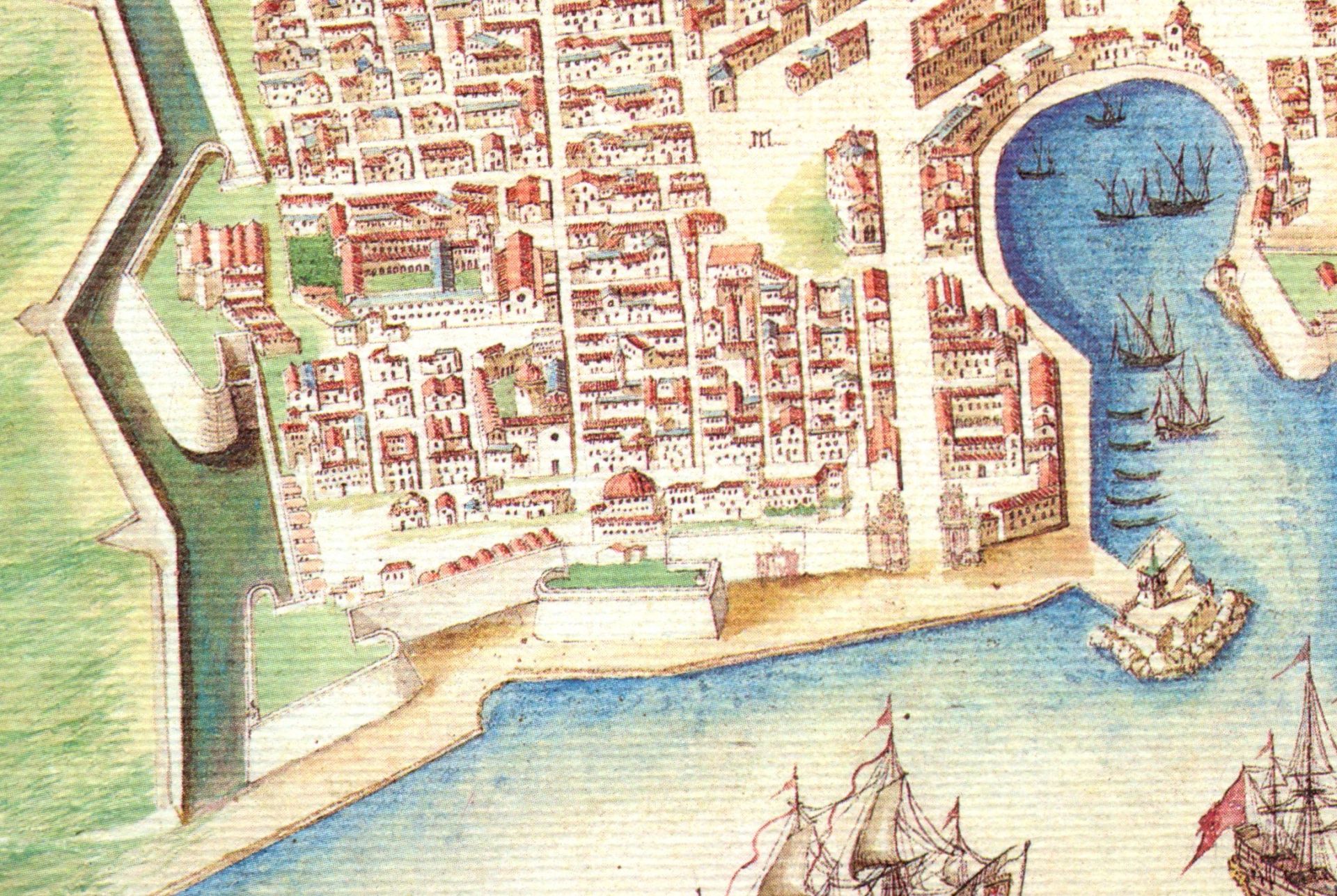
1735
As the leading nobleman in the Kingdom of the two Sicilies, Ercole Michele Branciforti and Gravina, Prince of Butera, is now also owner of Palazzo Butera. At the time of Charles of Bourbon’s coronation, the palace is already one of Palermo’s most important.
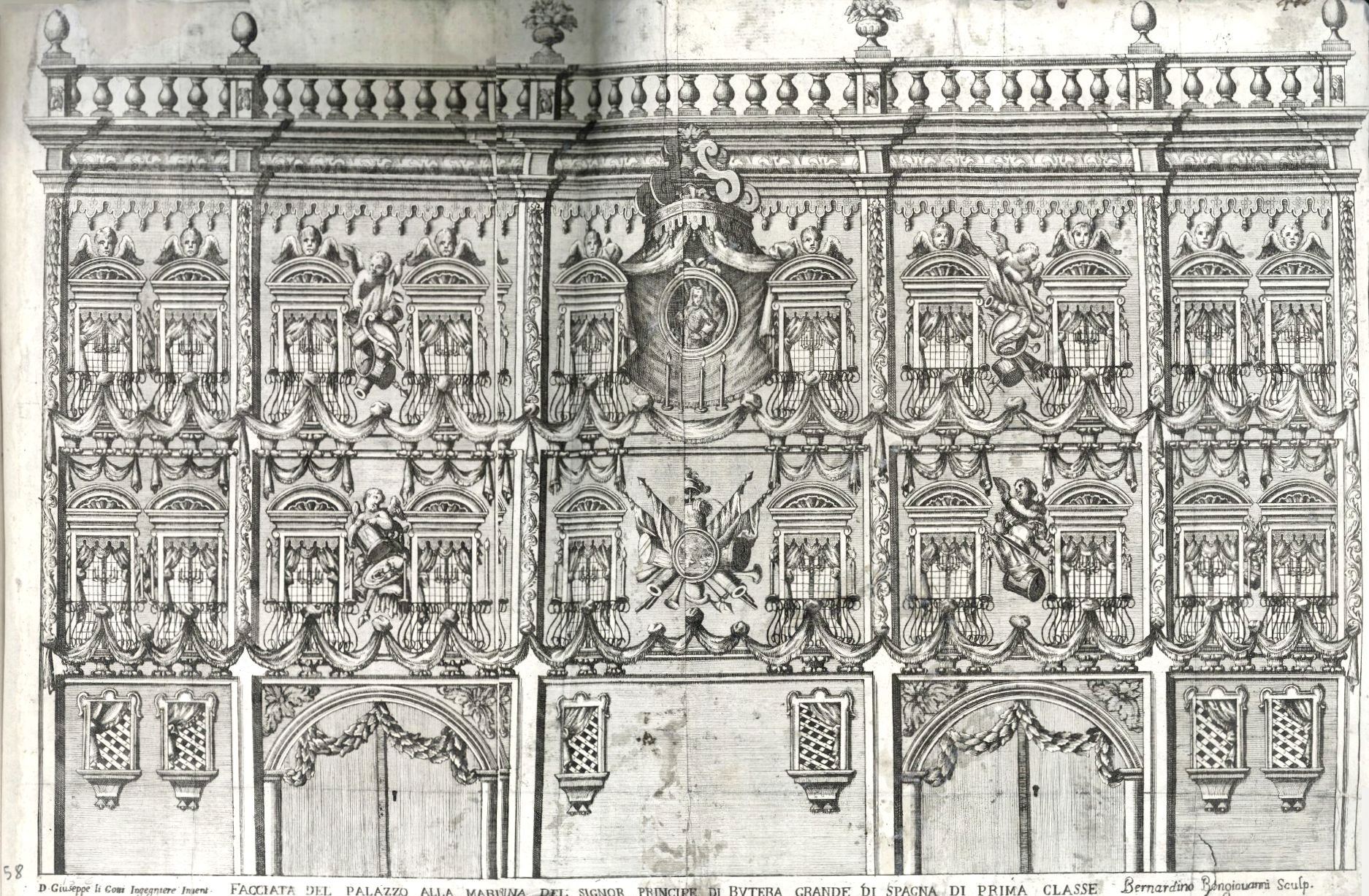
1737
In 1737, the prince asked permission from the Palermo Senate to build a terrace on the Strada dei Cattivi, which was actually built in 1750. In this way the palace was recognizable from the sea, like the Royal Palace in Naples. The Brancifortis had suppressed a public space, according to a dynamic of appropriation typical of the time.
1760
In 1759, a fire broke out in Palazzo Butera. The following year, Ercole Michele buys the next door palace from the Moncada. Thereafter Palazzo Butera takes on today’s dimensions including the two courtyards. Between 1762 and 1764 Gioacchino Martorana and Gaspare Fumagalli paint their frescoes.
The restorations on the first floor brought to light the original lambris, painted by Fumagalli in the salons, under several layers of repainting. The light colors resemble those of the porcelain that the Prince of Butera collected and displayed in the salons.
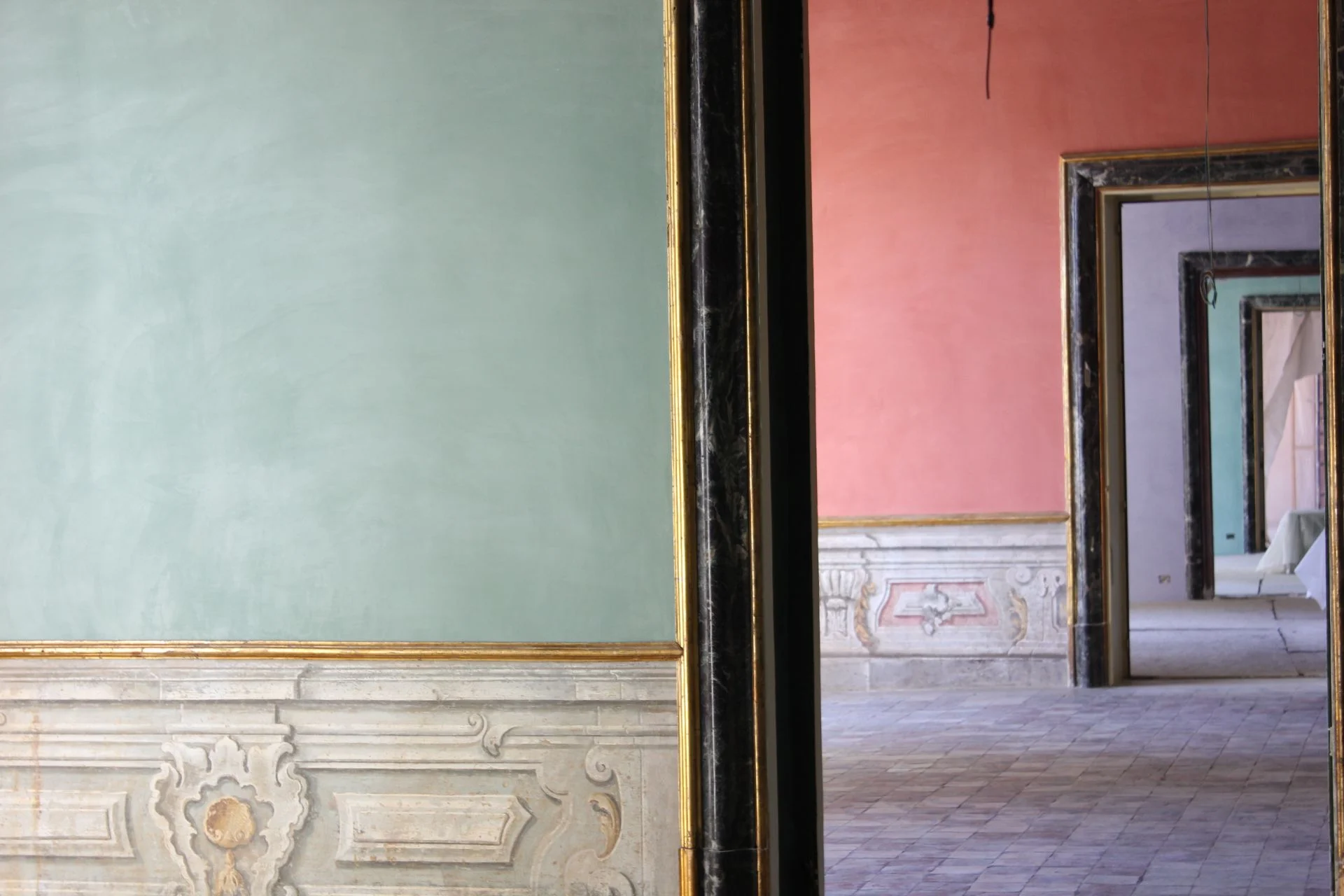
1765
Salvatore Branciforti inherits the prince of Butera title. Between 1765 and 1766 new teams of artists decorate the interiors of Palazzo Butera, under the supervision of the architect Paolo Vivaldi. The team includesthe woodcarver Girolamo Carretti, the painters Gaspare Vizzini and Gaspare Cavarretta, and the plasterer Francesco Alaimo. The prince moves to Naples to pursue his career at Court. He returns to Palermo thirty-three years later, shortly before his death.

1773
During the last 30 years of the 18th century, Salvatore Branciforte’s son, Ercole Michele Branciforte e Pignatelli, Prince of Pietraperzia, is living in Palermo. He is a very interesting personality and central character in the city’s cultural and political life. In 1773 he leads a rebellion and is incarcerated by Viceroy Caracciolo and in the following year launches a hot air balloon from the terraces at Palazzo Butera, one year after their invention by the Montgolfier brothers. Ercole’s education is formed by the late 18th century’s fascination with archeology and ancient artefacts. With Palermo as part of the Grand Tour, visited by Goethe and Hackert, introductions to the Prince of Pietraperzia are much in demand and he is visited by cultivated travellers, including Dominique-Vivant Denon, Jean-Pierre Houel and Friedrich Münter.
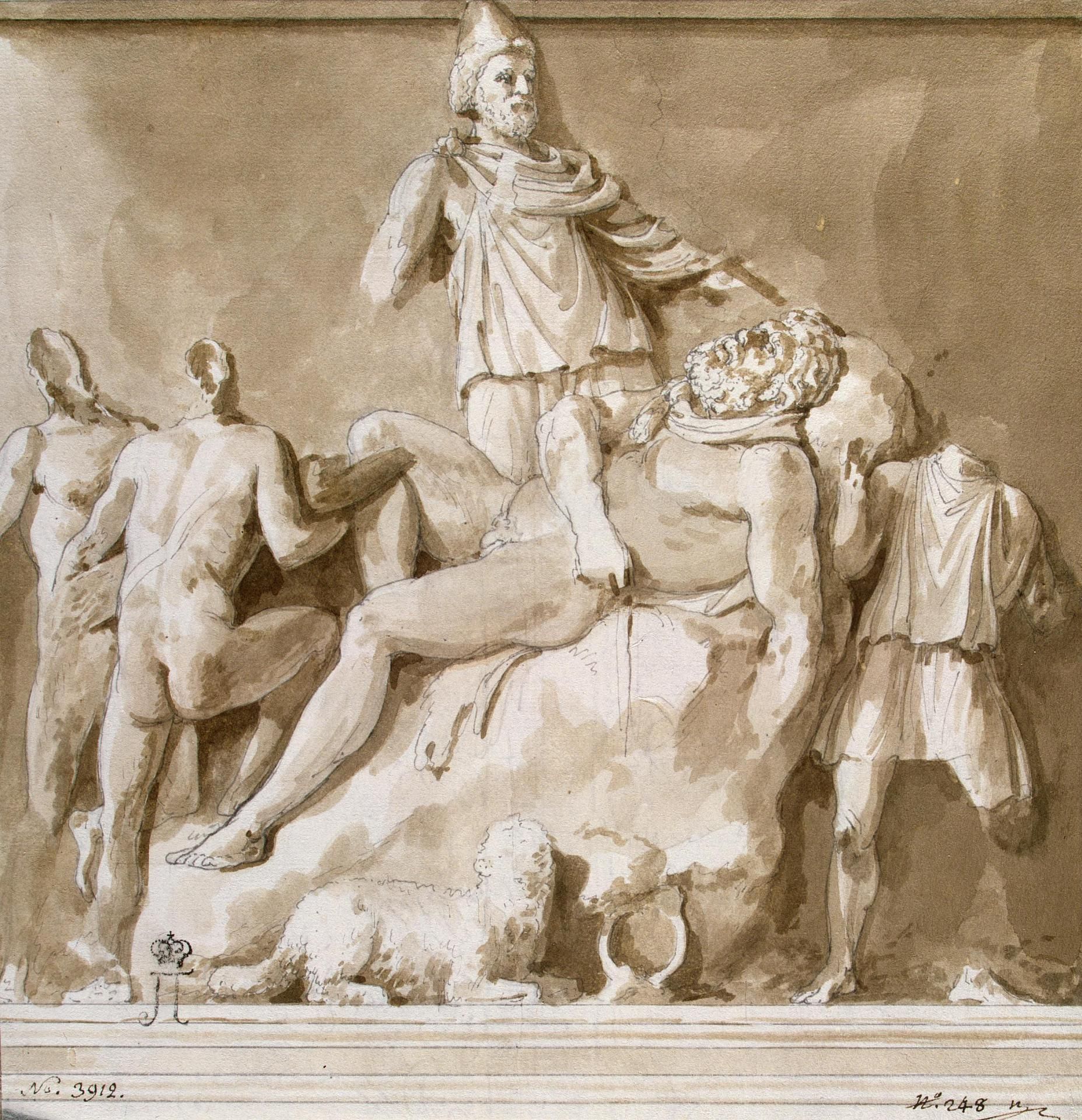
1799
When his father dies in 1799, Ercole inherits the title of Prince of Butera. He is a committed monarchist in the years when the French Revolution forces the Bourbons into exile in Sicily. The Branciforti feel the threat of waning power. In 1795 they create a new archive in an attempt to maintain their privileges, that will nevertheless soon be lost.
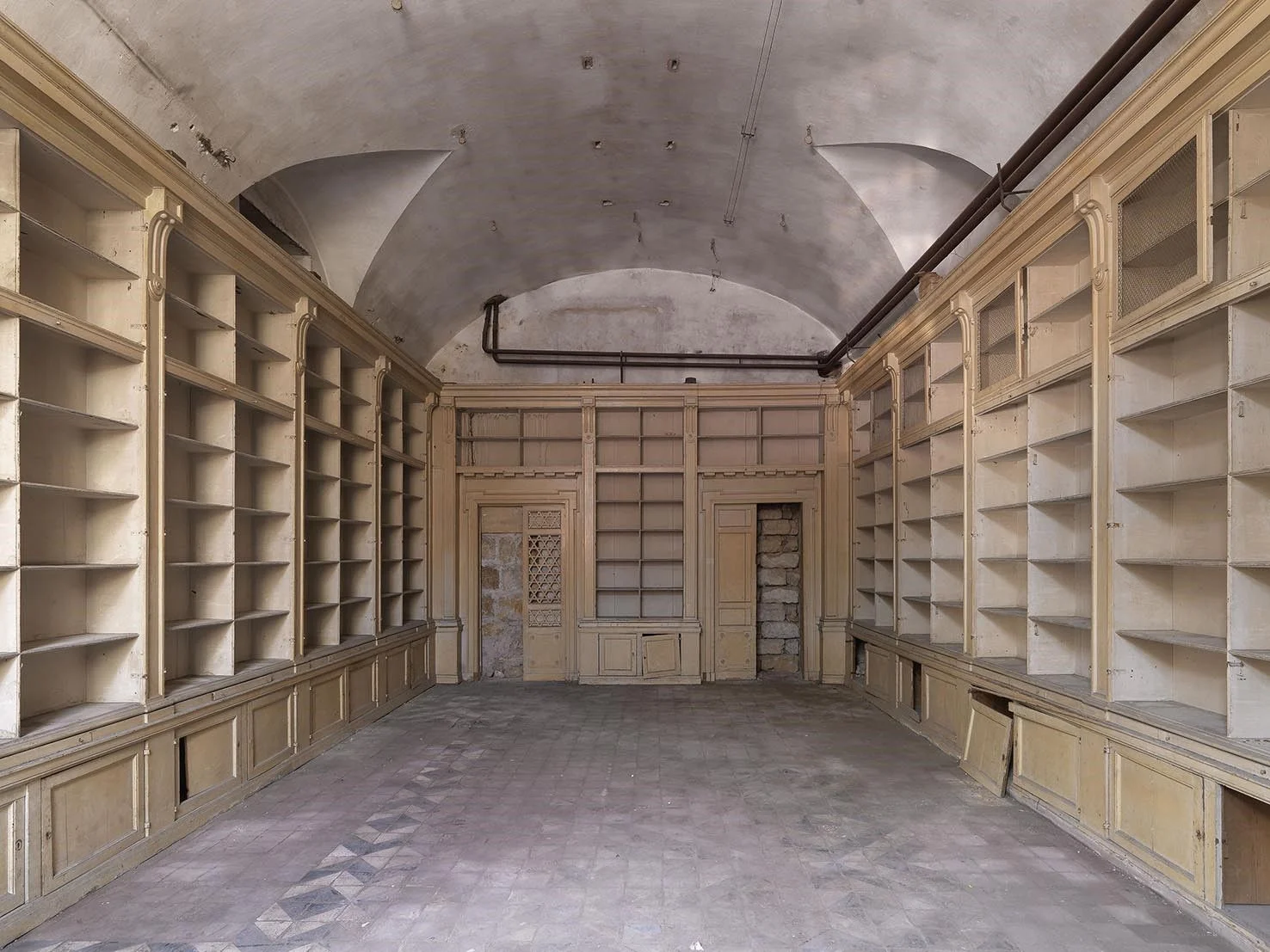
1836
In 1799, the Branciforti buy the adjacent palace, Palazzo Benso. But their male line ends in 1814, and Palazzo Butera becomes part of the estates of the Lanza family, Princes of Trabia. In 1836, during a trip in Sicily, a young Eugène Viollet-le-Duc draws a sketch of the monumental staircase for his study sheets. Today’s restoration has revived colour and light, burnishing the deep red of the Ogliastro marble and brightening the frescoed ceiling. The staircase is again one of the most spectacular spaces of Butera.
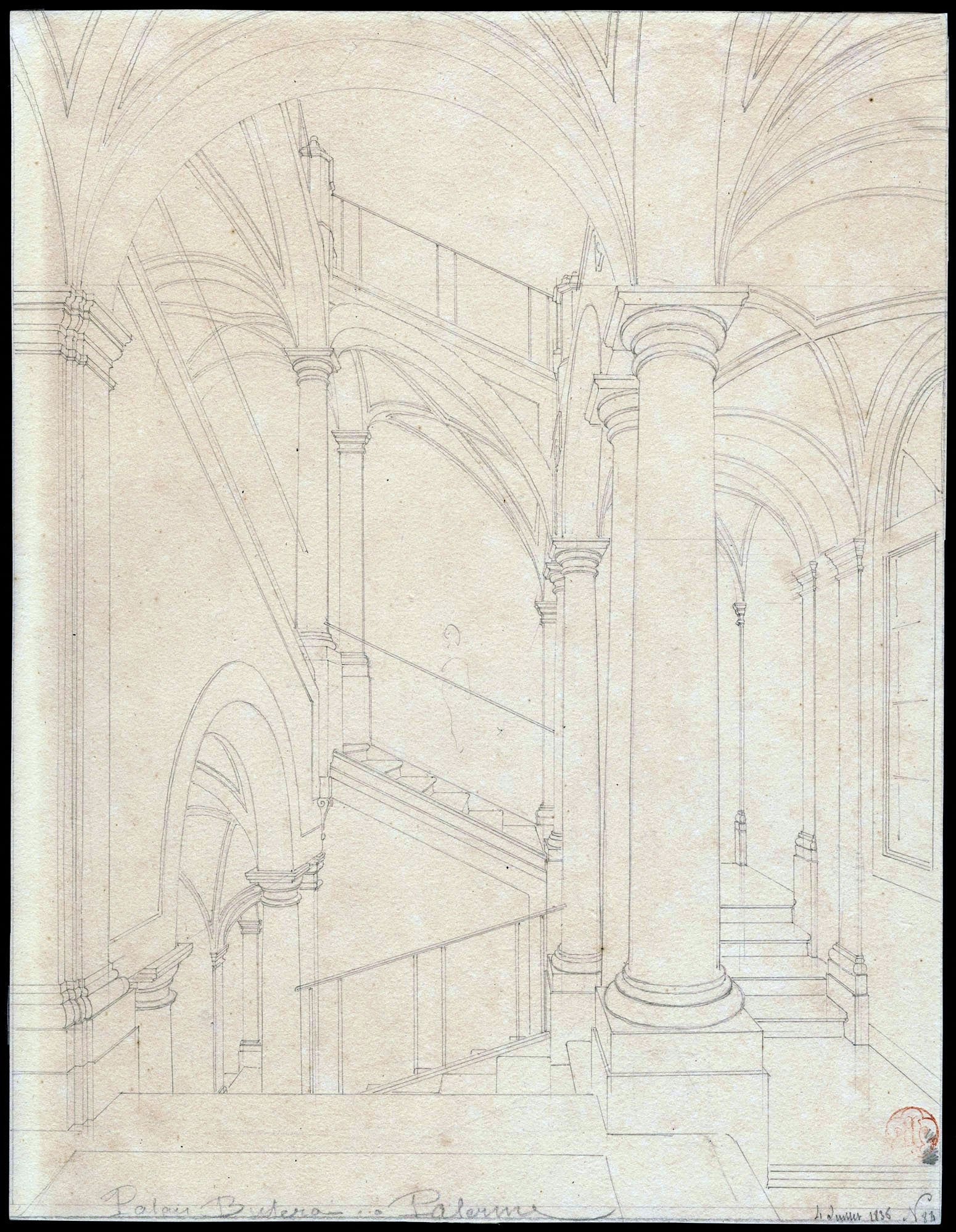
1885
Under the Lanza family’s ownership, Palazzo Butera is subject only to minor improvements, rather than to any radical transformation. When Giulia Florio marries Pietro, Prince of Trabia in 1885, the Belle Époque has just begun and the palace becomes a focal point for receptions and parties.The winter garden, (pictured) was located in a double height room inside Palazzo Benso and is an iconic example of a Belle Epoque interior: this room, like many structures in the surrounding area, was destroyed by bombs in World War II.
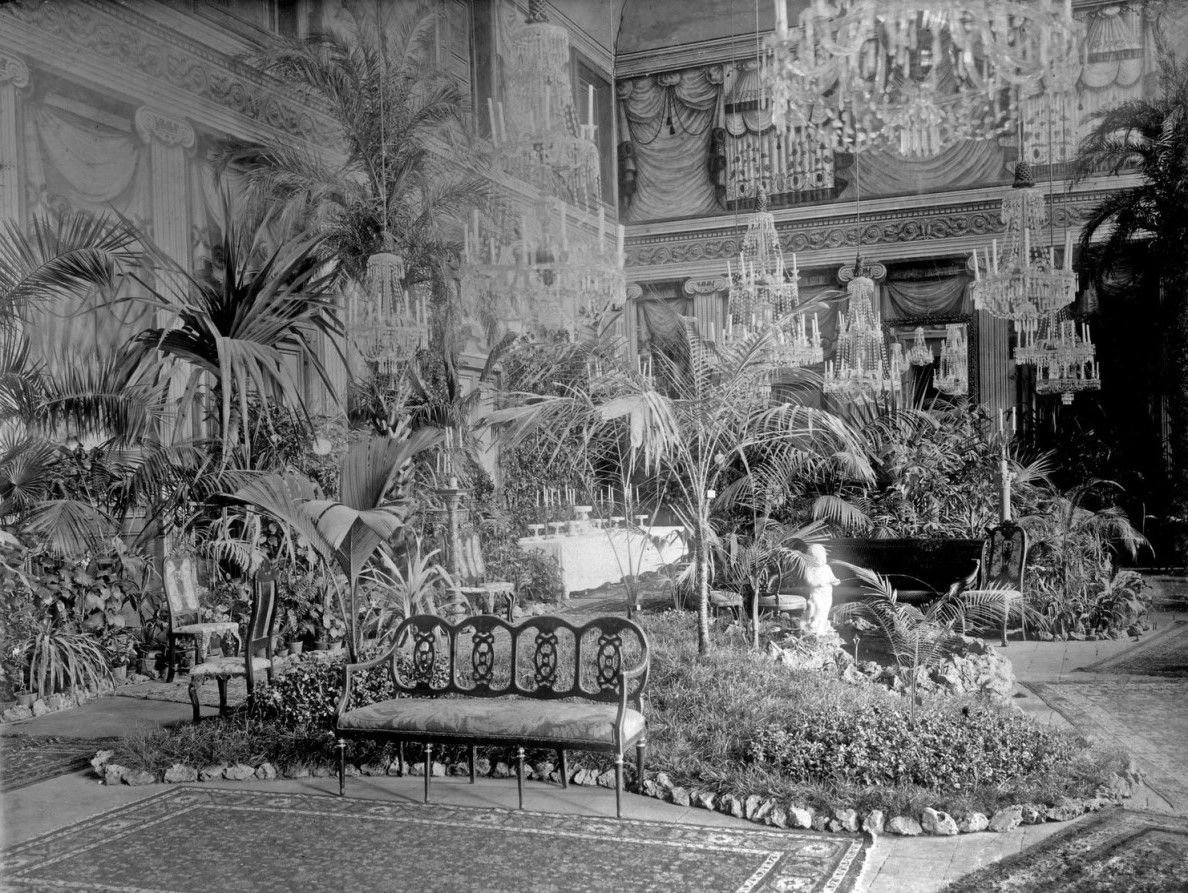
1950
In 1950, the golden coach of Salvatore Branciforti is discovered in a ground floor storage room. It is used in a Jean Renoir movie, with actress Anna Magnani, and produced by Francesco Alliata’s Panaria Films (1952). The coach is now permanently on show at the Royal Palace in Palermo.
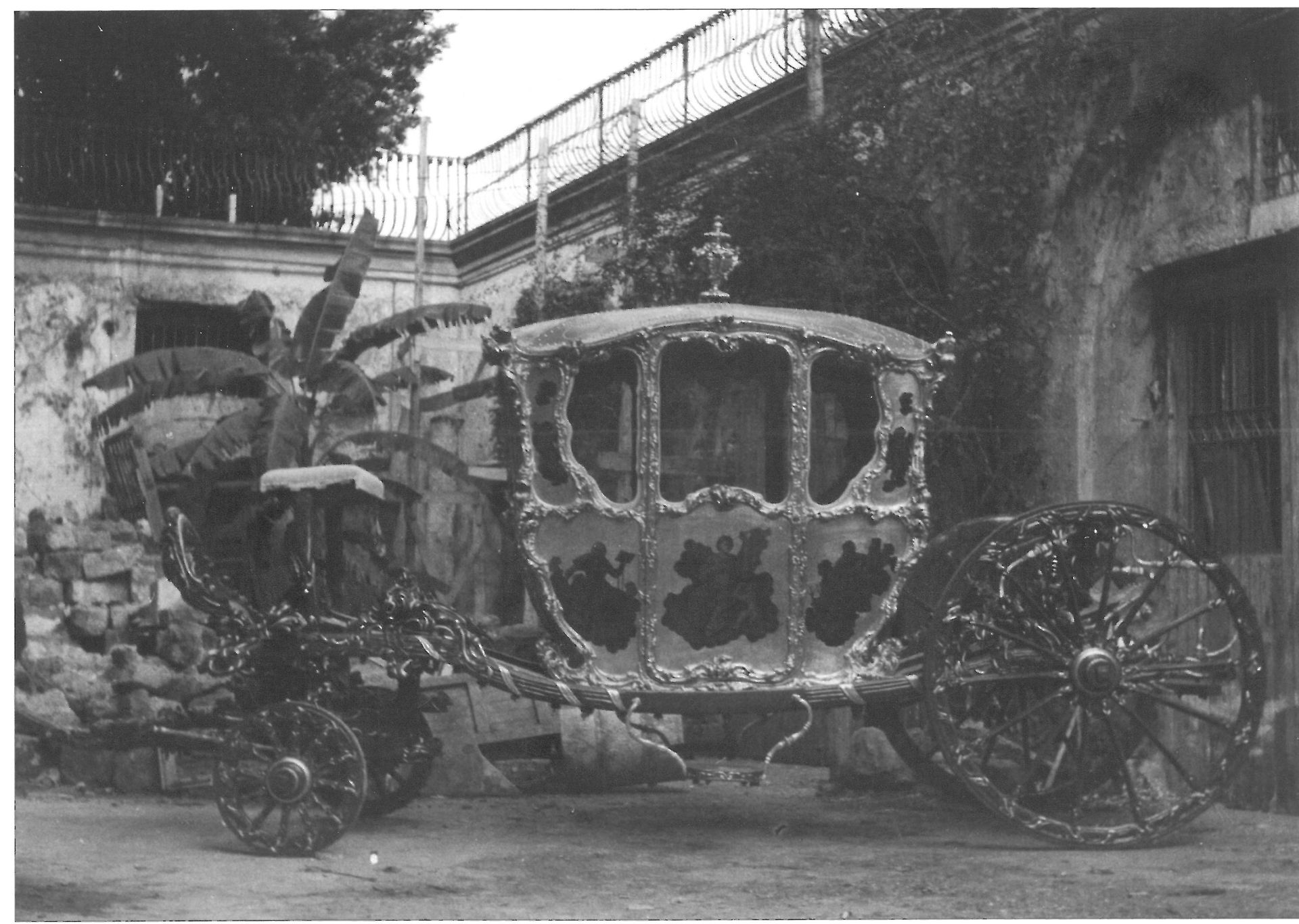
1970
In the 1950s, Palazzo Butera houses the Regional Authority for Local Councils. From 1968 – a year in which the University is also interested in acquiring the palace for the Faculty of Architecture – Palazzo Butera becomes home to a Hospitality school; the Istituto Tecnico per il Turismo “Marco Polo”. A series of photos taken by Roberto Collovà in 1970 are a charming visual record of these years. The vegetation on the terrace is lush, the professors’ common room is located in the Ball Room and the Administrative Office is in the Gothic Room. In 1982, the heirs to Butera take back responsiblity for its management, which they then use as a venue for antique fairs, concerts, conferences and receptions. The adjacent Palazzo Benso, having fallen into ruin, is comprehensively rebuilt between 1986 and 1991.
2016
Palazzo Butera is purchased by Francesca and Massimo Valsecchi and the restoration begins.
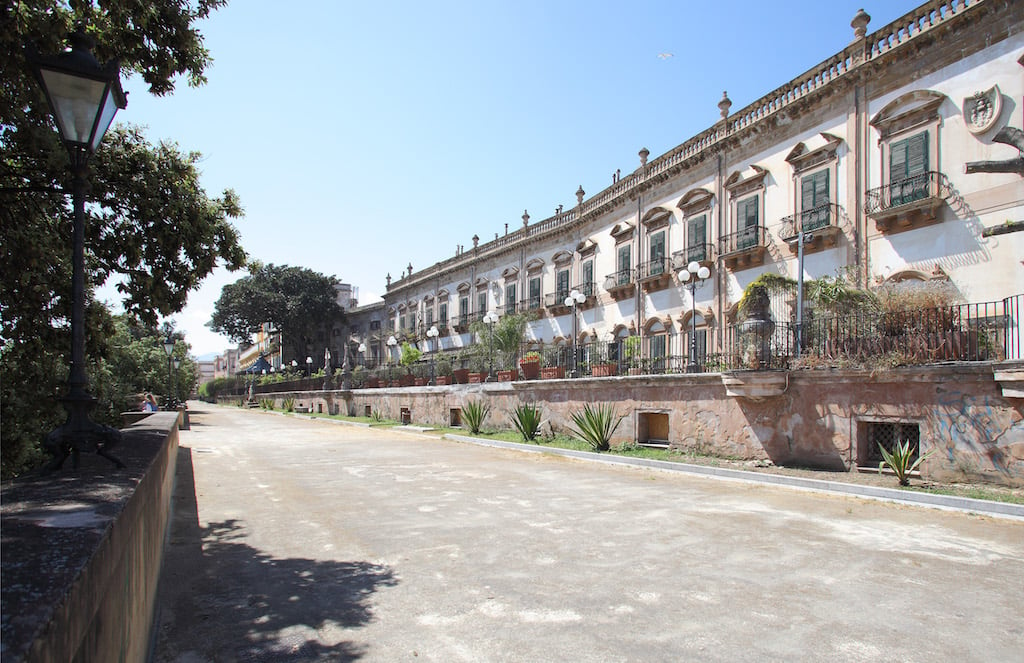
2018
Palazzo Butera opens to the public as a building site.
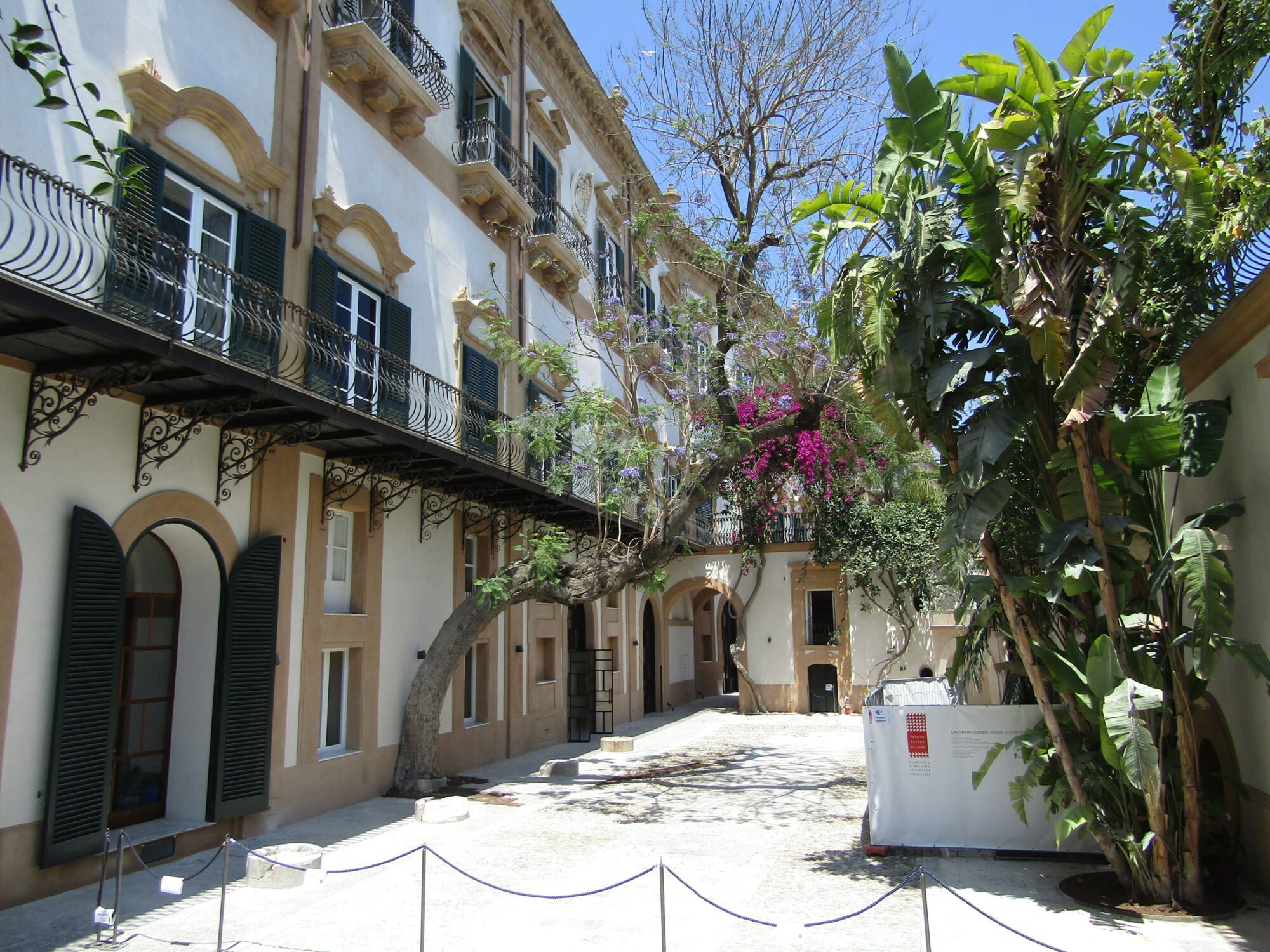
2020
The restoration is completed. The majority of the Francesca and Massimo Valsecchi collection, after a long-term loan at the Fitzwilliam Museum of Cambridge and at the Ashmolean Museum di Oxford, arrives in Palermo.
